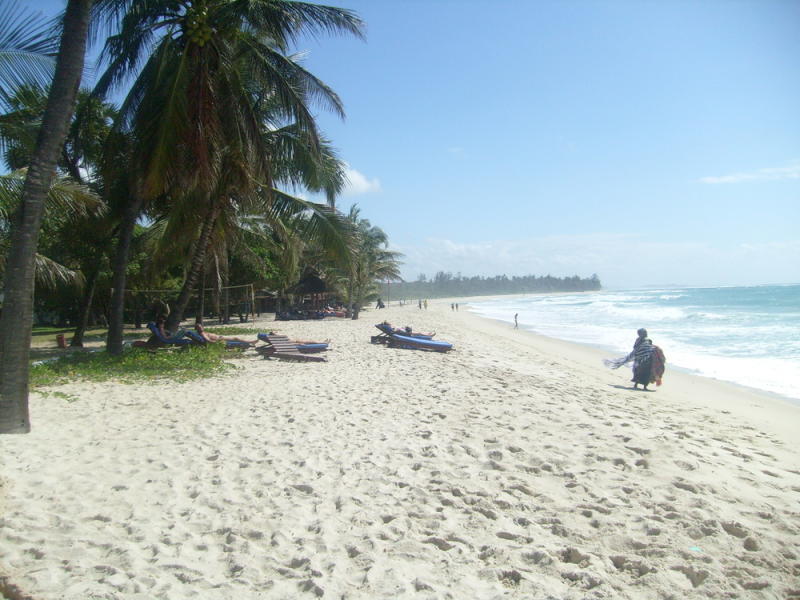×
The Standard e-Paper
Stay Informed, Even Offline

At least 12,000 underage girls in the country are involved in commercial sex work, data from various state and non-state agencies shows. More than half of these ply their trade in Kenya’s impeccable sandy beaches of Diani in South Coast.
A combination of factors, including an unwillingness to acknowledge the problem as well as cultural practices, have made the vice thrive.